Machine guarding plays a critical role in ensuring the safety of workers in an industrial environment. These protective barriers are designed to prevent accidents caused by direct contact with moving parts, flying debris, and other hazards. However, to guarantee that machine guards consistently perform at their best, regular maintenance is essential. In this blog post, we will delve into the various aspects of machine guard maintenance, from routine inspections to employee training, ensuring that your equipment remains in optimal working order for years to come.
Understanding the Different Types of Machine Guards
Before diving into maintenance procedures, it’s crucial to understand the different types of machine guards available. Each type requires specific maintenance techniques to ensure its effectiveness.
Fixed guards
Fixed guards are permanent barriers that are not dependent on the machine’s operation. They are commonly used to shield workers from rotating parts, pinch points, and other dangerous areas. Examples include covers, screens, and enclosures.
Adjustable guards
These guards can be adjusted manually to accommodate various sizes of material or workpieces. They are often used with machines that require frequent changes in setup or operation, such as saws and drills.
Interlocked guards
Interlocked guards are connected to the machine’s control system, preventing operation when the guard is open or removed. They are used in situations where routine access to the hazardous area is required, such as for maintenance or material loading.
Routine Inspection and Cleaning
Consistent inspections help identify potential issues with machine guards, ensuring they remain effective in protecting workers. Regular checks allow you to spot signs of wear and tear, damage, or improper installation, enabling you to take corrective action before problems escalate.
Cleaning is a vital aspect of machine guard maintenance. Fixed guards can be wiped down with a damp cloth or cleaned using a mild detergent, while adjustable guards may require disassembly for thorough cleaning. Interlocked and self-adjusting guards often have more complex mechanisms that require careful attention to avoid damage. Always consult the manufacturer’s guidelines for specific cleaning instructions.
It’s essential to establish a schedule for machine guard inspections and cleaning. For high-use machines or those operating in harsh environments, monthly checks may be necessary. However, for machines with lower usage rates or in cleaner settings, quarterly or semi-annual inspections may suffice.
Addressing Damages and Repairs
During inspections, be vigilant for signs that indicate the need for repair or replacement. Damaged or corroded parts, broken hinges, and misaligned components are common issues that may compromise guard performance.
When damage is detected, assess the extent and severity of the issue. Minor damages may be repairable, while more significant problems may necessitate a complete replacement. Consult the manufacturer or a professional service provider for guidance.
To ensure the highest quality repairs and replacement parts, opt for services and products from reputable sources. Seek recommendations from industry peers, check online reviews, and verify that suppliers and service providers are accredited by relevant industry bodies.
Promptly addressing damage is crucial in preventing accidents and maintaining a safe working environment. Delayed action can lead to further deterioration and increased risk to workers.
Conclusion
Machine guard maintenance is an essential aspect of ensuring long-lasting performance and a safe working environment. By understanding the different types of guards, conducting regular inspections and cleaning, addressing damages promptly, and involving employees in the maintenance process, you can protect your workforce and prolong the life of your equipment.
Prioritise machine guard maintenance to create a safer and more efficient workplace for everyone.
